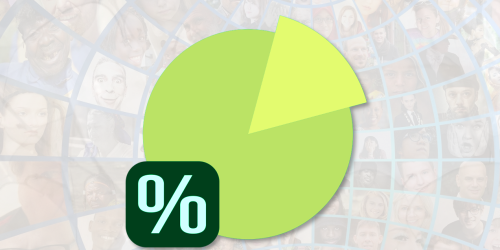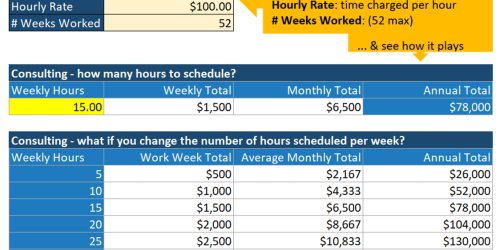March 1, 2021
Choosing the right visualization: A diversity, equity, and inclusion example
It’s frequently the case that we don’t just need to wrangle and analyze the data. We also need to communicate the findings of the analysis so that we can figure out what to do next. This is where choosing the right visualization comes in. In this post, I discuss how different visualization choices – in particular, a pie chart, a...


